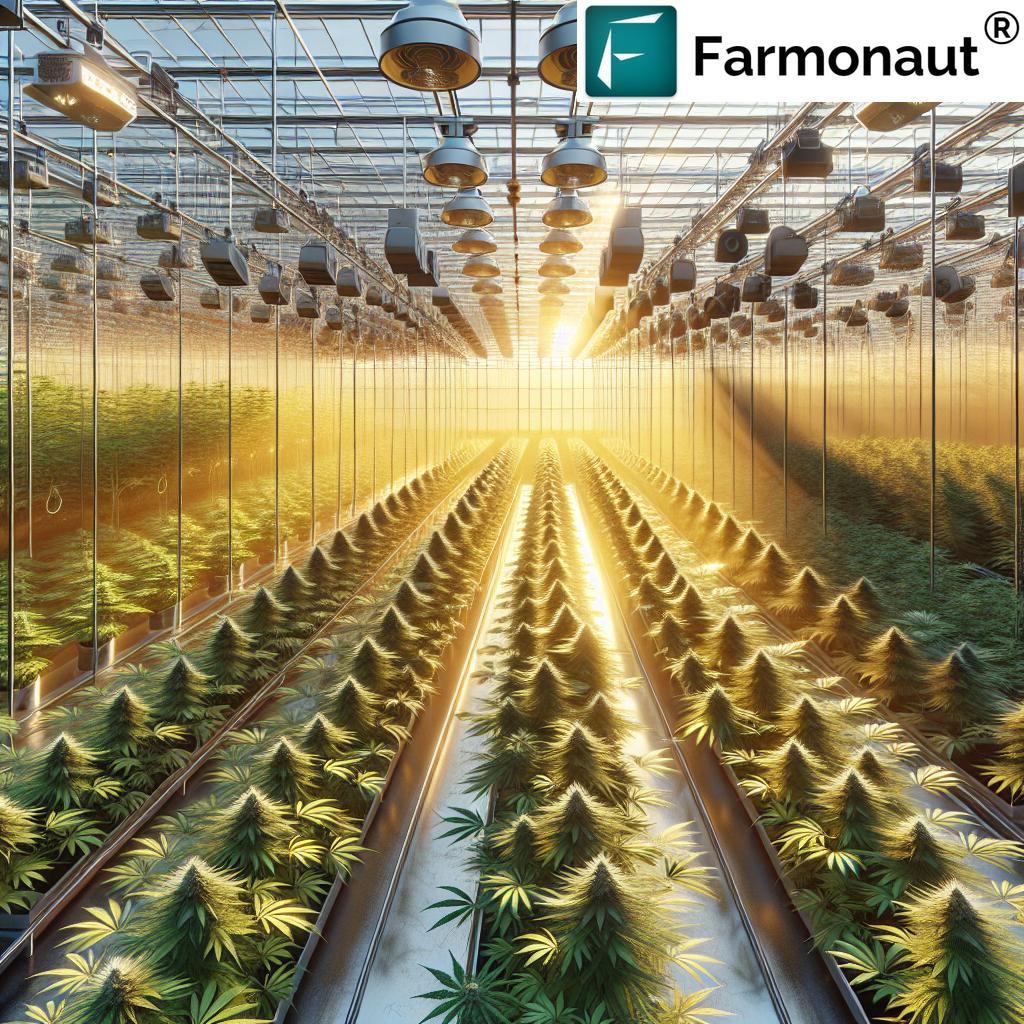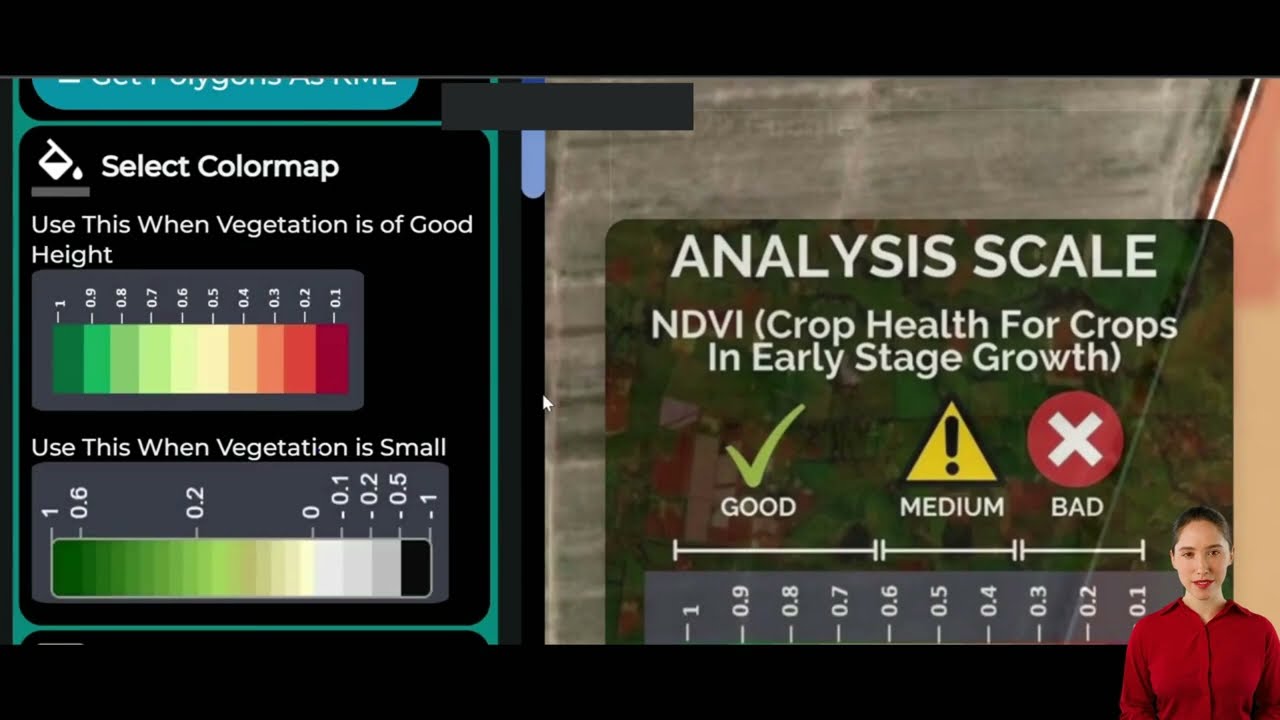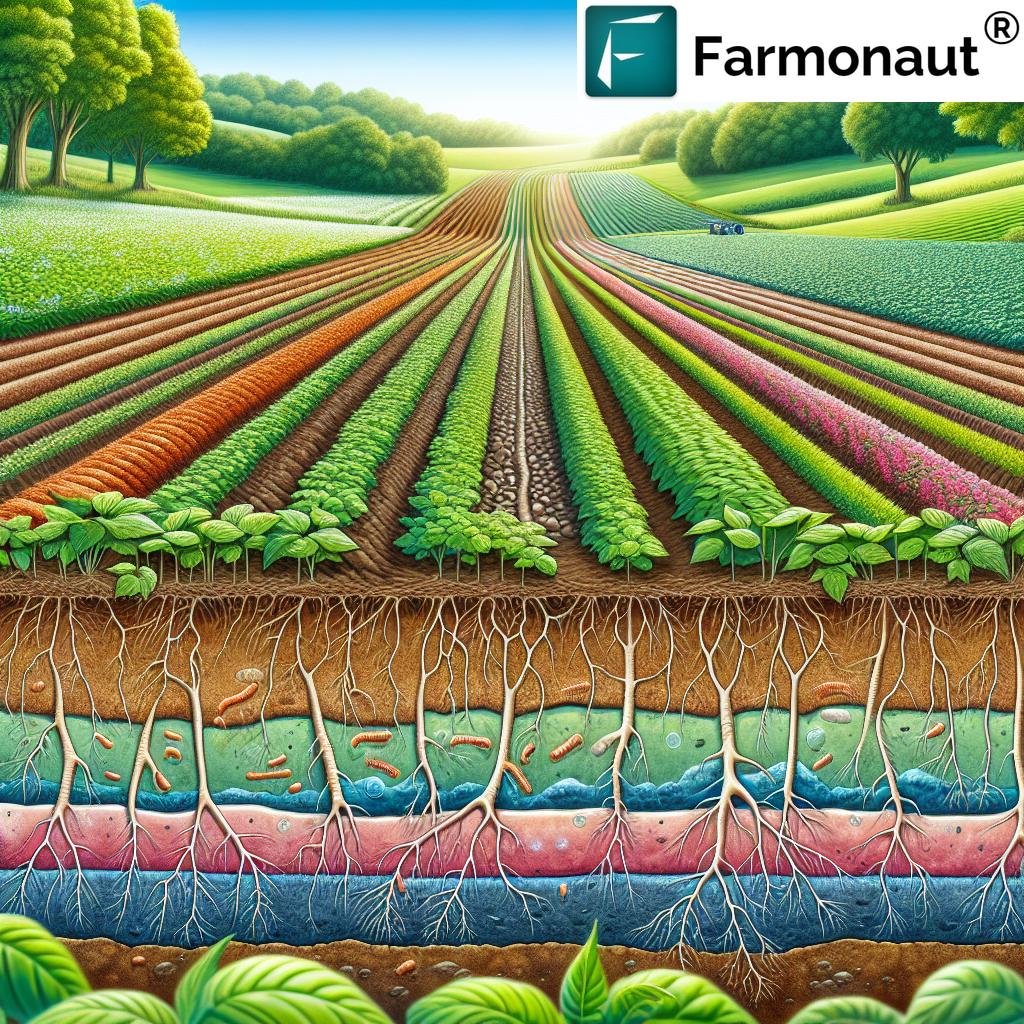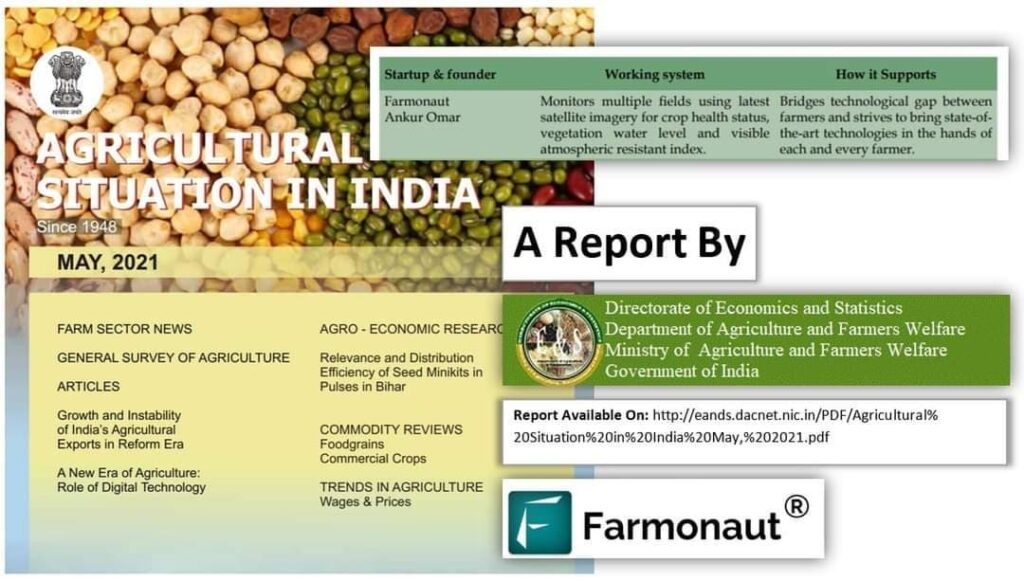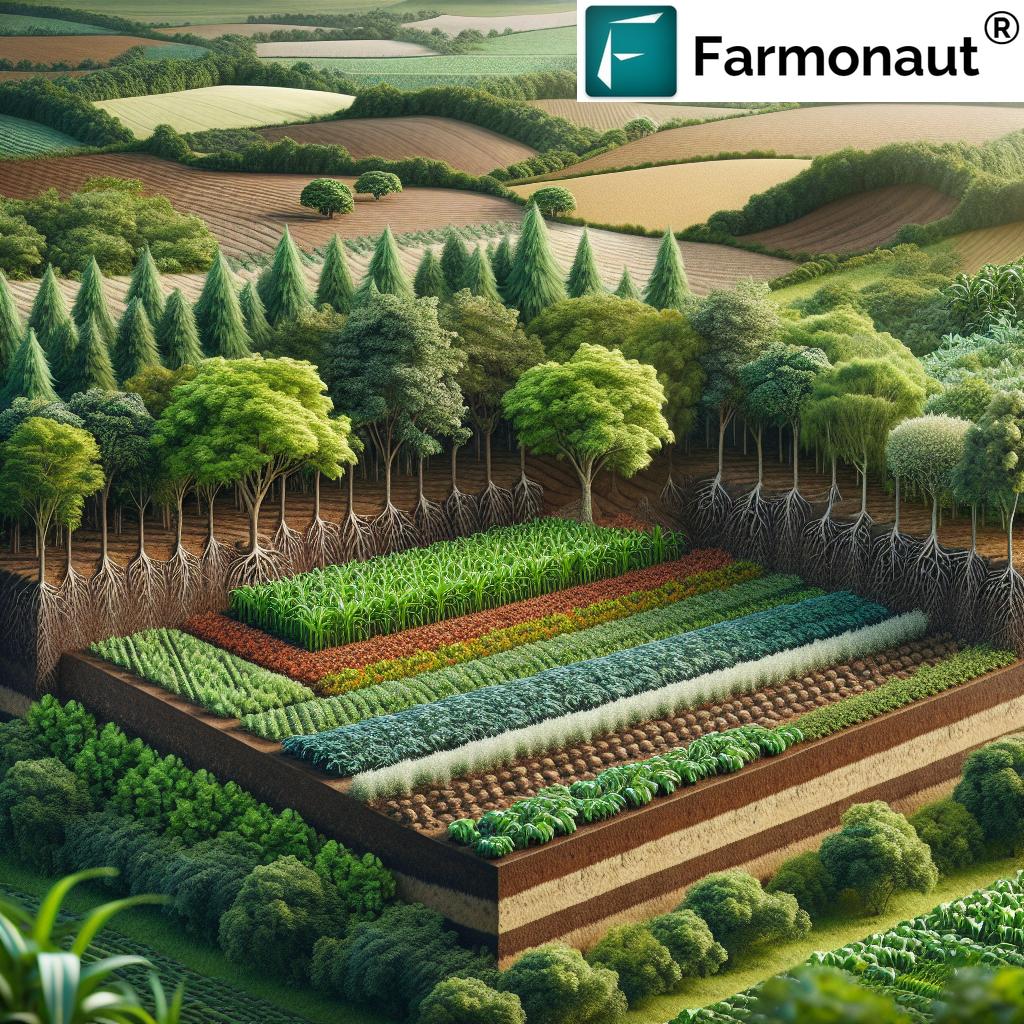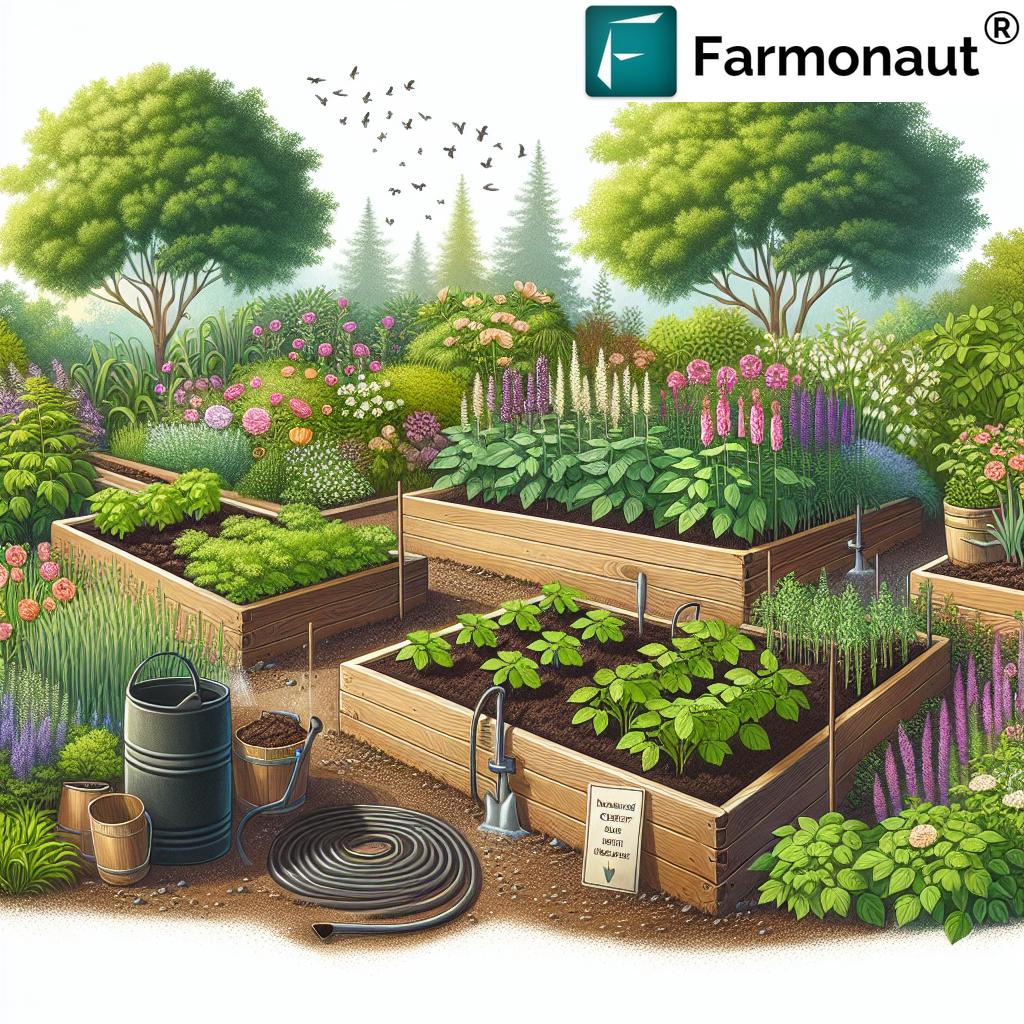Cannabis Greenhouse Yield: Boost Output with These Hacks!
“Greenhouse cannabis yields can increase by up to 30% with precise climate control and supplemental lighting.”
Introduction: Why Cannabis Greenhouse Cultivation is the Future
As cannabis continues its journey from the margins to the mainstream, greenhouse cultivation has emerged as a leading method for producing high-quality cannabis yields efficiently.
By leveraging controlled environments and advanced climate control systems, we, as modern cultivators, can extend our growing season, optimize plant growth conditions, enhance resource utilization, and dramatically improve both productivity and profitability.
In this comprehensive guide, we’ll walk through proven hacks and evidence-based strategies for maximizing cannabis productivity in greenhouses.
We’ll discuss the factors influencing greenhouse cannabis yields—from light management to plant density optimization, nutrient management, and technological integration—empowering you to unlock your crop’s full potential and ensure operational success all year round.
Environmental Factors Influencing Cannabis Greenhouse Yields
The cornerstone of cannabis greenhouse cultivation is understanding and mastering the environmental conditions that drive plant growth. Key elements—light, temperature, humidity, and air circulation—all play pivotal roles. Let’s break down each of these essential factors and see how you can leverage them to boost your yields.
Light: The Lifeblood of Cannabis Plant Growth
Light intensity, spectrum, and duration are fundamental to optimal cannabis yields.
- Intensity: Cannabis plants thrive under intense light. Insufficient lighting, especially in indoor or shaded settings, leads to leggy, less productive plants. On the flip side, excessive light can result in light stress and leaf burn.
- Type: Common choices in greenhouses include High-Intensity Discharge (HID) lights, fluorescent lamps, and Light-Emitting Diode (LED) systems. Each has its unique intensity, energy consumption, and spectrum.
- Placement: Regularly monitor and adjust the distance between the light source and plant canopy. Too close raises the risk of burn; too far may result in insufficient light penetration.
- Stage-Specific Needs: The vegetative phase demands 18-24 hours of light daily; during the flowering phase, this drops to 12 hours, triggering bud formation through photoperiod control.
Temperature and Humidity: Fine-Tuning Growth Conditions
Optimal temperature and humidity levels are essential to ensure efficient cannabis plant development. Adjusting these variables according to growth phases can maximize outputs:
- Vegetative Stage:
- Daytime temperatures: Ideally 70°F to 85°F (21°C to 29°C).
- Humidity: Best kept at 40% to 70% for vigorous growth and protection from environmental stress.
- Flowering Stage:
- Temperatures: Lower nighttime readings, around 65°F to 80°F (18°C to 27°C), stimulate resin production—key for enhanced bud potency.
- Humidity: Drop to 40% to 50% to reduce the risk of mold and bud rot, two common threats in dense canopies.
- Tip: Invest in climate control systems that allow you to automate and monitor these parameters for consistent, stress-free growing conditions.
Air Circulation: Reducing Risk, Increasing Efficiency
Proper air circulation guarantees uniform temperatures and humidity levels, which in turn minimizes the risk of mold, powdery mildew, and stagnant microclimates. Powerful oscillating fans and automated ventilation help maintain steady environments and foster robust plant growth.
Why Monitor Cannabis Plant Growth Conditions?
Utilizing real-time data from cutting-edge technologies enables us to make informed decisions about irrigation, fertilizer application, pest control, and climate parameters. This not only reduces resource wastage but also ensures we create optimal environments for our cannabis crops, supporting year-round efficiency in our greenhouses.
Lighting Strategies for Optimal Cannabis Yields
Light drives photosynthesis and directly impacts cannabis development. Strategic lighting decisions can take your greenhouse yields to the next level, whether by leveraging natural sunlight or investing in supplemental lighting for cannabis.
Natural Light Utilization in Cannabis Greenhouses
Greenhouses inherently capitalize on sunlight, offering several benefits:
- Lower operational costs: Tapping into free energy from the sun reduces dependency on grid electricity.
- Multiple harvests annually: In sun-rich regions, growers can achieve faster crop turnover and sequential harvests without extra energy consumption.
- Improved plant health: Broader light spectrums from natural sunlight support healthier, more potent cannabis plants.
When Supplemental Lighting Is Essential
In some regions or during dull seasons, sunlight alone may be insufficient for rapid growth or proper flowering. Enter supplemental lighting:
- HID Lights: Such as High-Pressure Sodium (HPS) or Metal Halide lamps, offer high intensity for large canopies but at a higher energy cost.
- LEDs: Energy-efficient and customizable, LEDs allow us to fine-tune spectrum output according to growth phase. This reduces costs and enables tailored light schedules for each stage.
- Fluorescent Lights: Cost-effective options for seedlings and vegetative plants, though less powerful for flowering stages.
Pro tip: Automated greenhouse systems let us adjust lighting cycles and intensity throughout the season, maximizing energy efficiency and yield.
Light Deprivation Techniques: Control Flowering and Harvests
With light deprivation, we can simulate shorter daylight periods, triggering flowering on our schedule—perfect for regions with long summer days.
- Manual methods: Use blackout tarps drawn over the greenhouse to block sunlight for 12 hours daily.
- Automated blackout systems: For precision, consistency, and reduced labor in large-scale or commercial operations.
Light deprivation enables multiple harvests annually and helps keep our output consistent, even as the seasons change.
Looking to improve your resource optimization and carbon tracking for energy-efficient cannabis cultivation? Explore Farmonaut’s carbon footprinting solution. Track energy use, measure environmental impact, and ensure your greenhouse practices are both sustainable and compliant.
“Smart nutrient management can boost cannabis plant growth rates by as much as 25% in greenhouse environments.”
Maximizing Cannabis Yield Through Density & Training
Plant density and training methods are often overlooked yet critical components of greenhouse productivity. By optimizing cannabis plant density and employing targeted training techniques, we can dramatically boost output per square meter.
Cannabis Plant Density Optimization
Achieving ideal density ensures light penetrates the canopy while limiting competition for water, nutrients, and CO₂. Research proposes aiming for a leaf area index (LAI) of 3-4, which intercepts approximately 95% of incoming light.
- Too many plants: Results in overshadowing, humidity pockets, increased mold risk, and reduced bud quality.
- Too few plants: Wastes space and light, leading to inefficient resource utilization.
Training Techniques for Boosted Yields
Training methods manipulate plant structure, maximizing light exposure and airflow:
- Sea of Green (SOG): Densely populated with many small, uniform cannabis plants transitioned quickly to flowering, optimizing space and achieving fast harvest cycles. Perfect for limited space or high-turnover operations.
- Screen of Green (ScrOG): Uses mesh or netting for training branches horizontally, creating an even canopy for uniform light distribution and flower development.
- Low Stress Training (LST): Gently bending and tying stems to spread growth evenly, increasing light penetration and bud sites.
- High Stress Training (HST): More advanced techniques like topping, super cropping, and pruning to promote bushier growth, but requiring more recovery time.
Why Is Density & Training So Impactful?
Optimized density and thoughtful training means more efficient light utilization, better airflow (lower mold risk), and maximal use of your available space. Combined with climate control systems, training dramatically improves overall greenhouse efficiency.
Managing a large-scale or multi-crop greenhouse setup? Try Farmonaut’s large-scale farm management solutions for advanced satellite tracking, performance analytics, and operational oversight across all cannabis greenhouse facilities.
Nutrient Management for Peak Cannabis Plant Growth
Delivering balanced, optimized nutrition unlocks full genetic potential and top-tier yields in greenhouse cannabis environments. Here’s how to supercharge your cannabis nutrient management program:
Soil Quality: The Foundation of Cannabis Success
Healthy, living soil packed with organic matter ensures robust plant growth. Focus on:
- Macronutrients: Nitrogen (N) for leafy growth; Phosphorus (P) for root and flower development; Potassium (K) for general vigor and immunity.
- Micronutrients: Magnesium, calcium, sulfur—you name it. All are essential for metabolic functions.
- Organic matter: Composts, worm castings, and biochar maintain soil structure, water retention, and microbial life.
pH Management: Facilitating Efficient Nutrient Uptake
Maintaining ideal pH (between 6.0-7.0) is crucial for nutrient availability; outside this range, plants experience deficiencies even if the soil is well-fertilized.
- Test regularly: Use reliable soil test kits to monitor pH levels.
- Adjust accordingly: Amend with lime (to raise pH) or sulfur (to lower pH) as needed.
Watering Practices in Greenhouse Environments
Overwatering can suffocate roots, promote mold and stunt growth. Underwatering leads to wilt and stress.
- Cycle of wet and dry: Water when the top inch of soil feels dry, allowing roots to access both oxygen and moisture without risk of root rot.
- Automated irrigation: Advanced greenhouse systems can automate watering schedules, reducing labor and improving consistency.
Want to take the guesswork out of nutrient and watering schedules? Leverage Farmonaut’s real-time crop health monitoring platform to access satellite-based insights on soil moisture, crop vigor (NDVI), and actionable irrigation/fertilizer recommendations tailored to current plant growth conditions.
Technological Integration for Efficient Cannabis Greenhouse Cultivation
The modern cannabis greenhouse leverages not just biology, but also smart technology for optimizing yields and operational efficiency.
Automated Greenhouse Climate Control Systems
Automation allows us to manage temperature, humidity, CO₂, and airflow with unmatched precision.
- Sensor networks: Monitor climate variables and send real-time alerts for deviations from optimal ranges.
- Machine learning and AI: Adaptive control systems use predictive analytics for proactive adjustments, further improving efficiency and consistency.
- Reinforcement learning models: Push the frontier of energy savings and climate precision by dynamically optimizing system responses.
Resource Efficiency: Recycling Water and Inputs
Implementing water recycling (leachate reclamation), closed-loop nutrient systems, and energy-efficient equipment not only reduces operational costs but also aligns with sustainable practices required by today’s market.
- Water: Treat and recycle drain water to minimize waste—just be sure to filter and disinfect between cycles.
- Energy: Consider solar panels and use energy-efficient LEDs to reduce your greenhouse energy footprint.
Transparency is key in regulated markets. With Farmonaut’s blockchain-based product traceability solution, you can track cannabis from greenhouse to customer, ensuring supply chain integrity and boosting consumer trust.
Advanced Monitoring and Decision Support
Satellite-based monitoring platforms like Farmonaut deliver real-time, actionable data on crop health, soil conditions, vegetation indices (NDVI), and more.
- Identify underperforming areas instantly
- Make data-driven decisions about supplemental lighting, irrigation, and fertilizers
- Reduce unnecessary inputs, lower costs, and improve harvest timing for optimal cannabis yields
Economic Considerations & Smart Costs Management
Greenhouse cannabis cultivation, while effective for producing quality yields, demands upfront investment and ongoing operational costs. Here’s what to plan for:
- Construction: Building robust greenhouses with proper insulation, ventilation, and light penetration capabilities.
- Systems: Climate control, supplemental lighting, and automation infrastructure.
- Inputs: Nutrients, substrates, and high-quality clones or seeds.
- Operational costs: Labor, water, energy (especially for supplemental lighting), and routine maintenance.
However, by reducing energy use, maximizing growing area, and enabling year-round harvests, greenhouses can outperform both outdoor and indoor settings in profitability.
Advanced management platforms and resource optimization tools further help lower operational costs, mitigate risk, and boost long-term sustainability.
For those seeking financial support or insurance for greenhouse infrastructure, streamline verification with Farmonaut’s satellite-based tools. These solutions make risk assessments and loan approvals faster and more transparent for cultivators and lenders alike.
Techniques vs. Yield Impact Table: Compare the Best Cannabis Greenhouse Hacks
| Technique | Description | Estimated Yield Increase (%) | Implementation Complexity | Recommended Tools/Technologies |
|---|---|---|---|---|
| Climate Control Systems | Automated regulation of temperature, humidity, and CO₂ for stable cannabis plant growth | 20–30% | Medium/High | Grow room controllers, sensor networks, AI-based advisory platforms (Farmonaut) |
| Supplemental Lighting | Utilizing LEDs or HPS lamps alongside sunlight to enhance photosynthesis and bud development | 15–25% | Medium | LED grow lights, HPS/fluorescent lamps, light deprivation systems |
| Nutrient Management | Optimizing soil fertility, nutrient balance, and pH for maximum cannabis absorption | 15–25% | Low/Medium | Testing kits, automated fertigation, Farmonaut NDVI-based recommendations |
| Plant Density Optimization | Adjusting spacing for optimal LAI; balances competition and light utilization | 10–18% | Low/Medium | Grid planting, canopy management tools |
| Training Methods (SOG, ScrOG, LST, HST) | Strategic shaping of plants to ensure even light and boost bud size/yield | 10–20% | Medium | Netting, ties, pruning shears |
| Watering/Resource Recycling | Recycling runoff/leachate, automated irrigation; conserves water/nutrients, reduces costs | 8–12% | Medium | Water recycling units, irrigation controllers, Farmonaut soil moisture analytics |
| Automated Monitoring & Advisory | Real-time remote sensing, alerts, and AI analysis to preemptively resolve issues | 10–20% | Medium/High | Farmonaut Jeevn AI, satellite imaging, app-based dashboards |
Farmonaut: Advanced Farm Management Tools for Cannabis Greenhouse Cultivators
In the competitive landscape of greenhouse cannabis cultivation, precision agriculture and data-driven insights are game changers. Farmonaut stands at the forefront—empowering cultivators with:
- Satellite-based crop health monitoring for early detection of stressors and precise tracking of growth patterns.
- AI advisory systems (Jeevn AI) to deliver actionable tips and weather forecasts for your exact location.
- Blockchain-based traceability for verifiable supply chains—building credibility for your cannabis brand.
- Carbon footprint tracking to support energy-efficient cannabis cultivation and regulatory compliance.
- Fleet/resource management—improving efficiency, lowering logistic costs, and safeguarding investments in machinery and infrastructure.
With flexible web, Android, and iOS access, plus robust API options for integration, Farmonaut offers scalable solutions for both individual greenhouse growers and large-scale agribusinesses.
Explore the full suite now in the Farmonaut app or integrate Farmonaut’s satellite API into your workflow. For technical teams and agri-software developers, study our developer docs for advanced customization.
Frequently Asked Questions (FAQ): Cannabis Greenhouse Yield & Techniques
1. What is the “optimal” climate for greenhouse cannabis cultivation?
Aim for 70–85°F (21–29°C) daytime and 65–80°F (18–27°C) during flowering. Humidity should range 40–70% (veg) and 40–50% (flowering). Use climate control systems and real-time monitoring apps like Farmonaut for precision.
2. How does supplemental lighting for cannabis impact yields?
Supplemental lighting ensures consistent, intense photosynthesis during low light periods, improving plant growth, bud formation, and the ability to harvest multiple times annually. The right balance depends on your greenhouse’s exposure and target output.
3. How do I prevent mold and bud rot in my greenhouse?
Key prevention tactics: Maintain strong airflow, keep humidity below 50% during flowering, space plants appropriately, and promptly remove decaying material. Technological climate control and diligent monitoring are crucial.
4. What’s the ideal cannabis plant density in a greenhouse?
Strive for an LAI (leaf area index) of 3 to 4. This density intercepts most light without overcrowding. Adjust based on strain vigor, canopy structure, and training methods.
5. How does Farmonaut empower cannabis growers?
Farmonaut offers affordable, scalable precision agriculture tools—satellite-based health tracking, AI advisory, resource management analytics, traceability, and more. Access via web/mobile apps or integrate with your in-house systems via API.
Conclusion: Unlock Optimal Cannabis Greenhouse Yields—Today and Tomorrow
Maximizing cannabis productivity in a greenhouse isn’t just about adopting new technology—it’s about integrating environmental control, lighting strategies, plant density and training, nutrient management, and data-driven decision-making. Modern, competitive cultivators can leverage platforms like Farmonaut for real-time insights, streamlined resource management, and optimized yields, setting the standard for sustainable and profitable greenhouse operations worldwide.
By understanding and implementing the hacks outlined above, we position ourselves at the vanguard of cannabis greenhouse cultivation—where science, technology, and practical know-how unite to produce bountiful, consistent, and high-quality crops year-round.
Ready for the next level in greenhouse cannabis yields? Explore more with the Farmonaut app and tools, accessible on web, Android, and iOS for growers of every scale.


